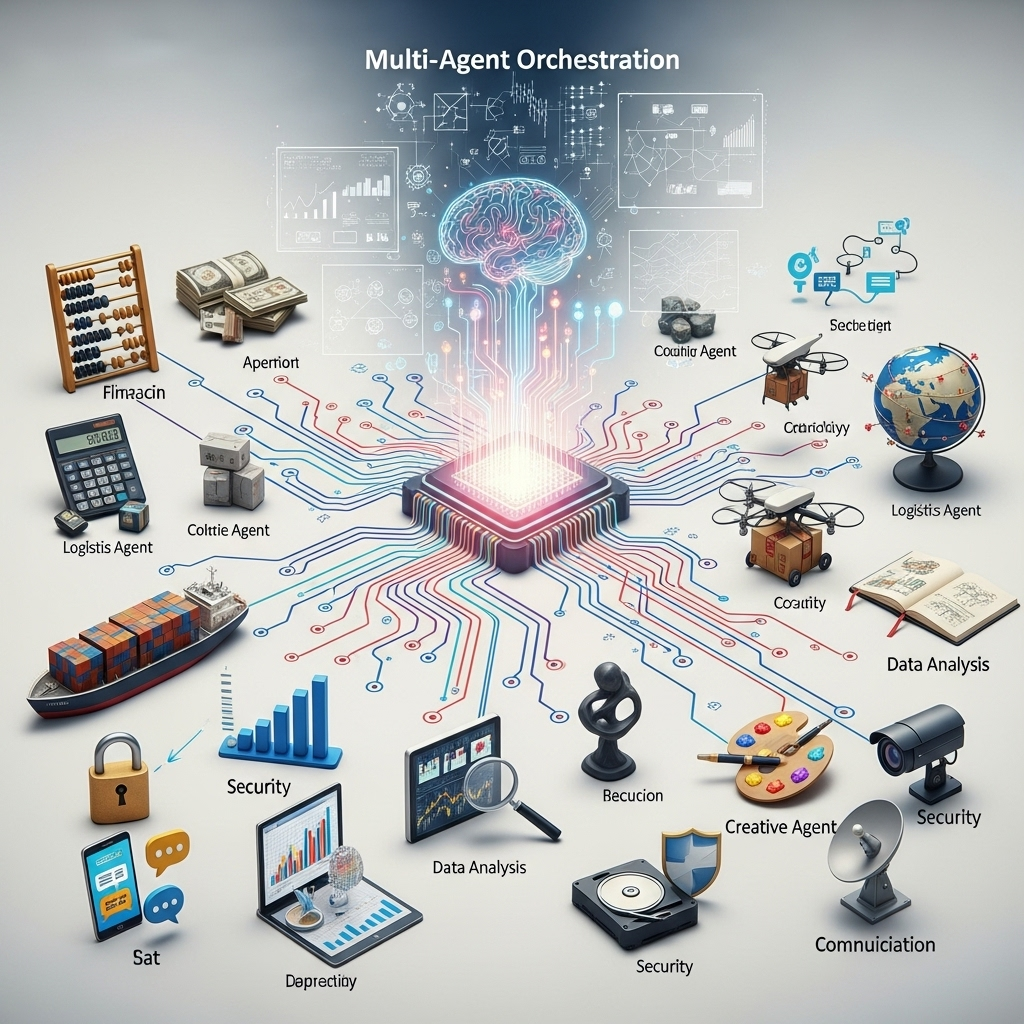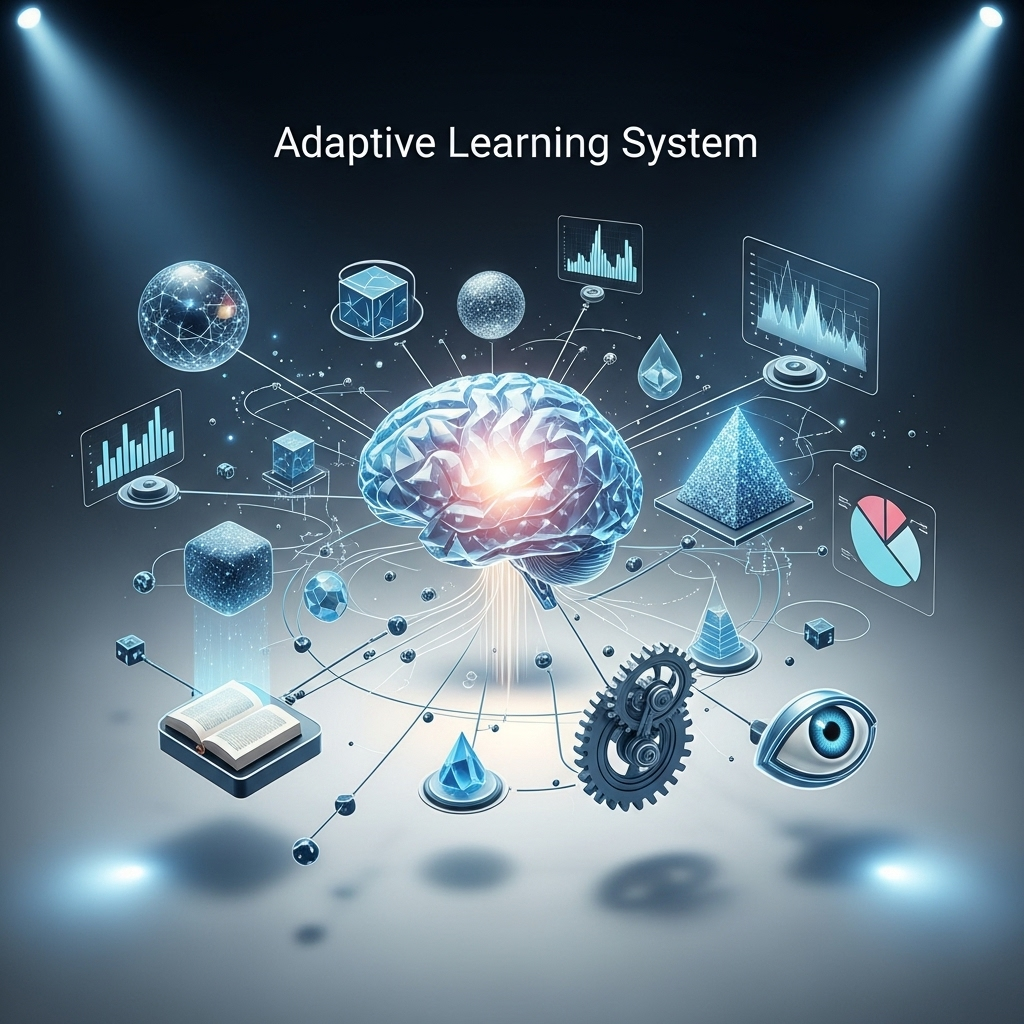Revolutionary AI intelligence that thinks, analyzes, and decides autonomously
The Autonomous Decision-Making Engine represents a quantum leap in artificial intelligence technology, fundamentally changing how organizations approach complex decision-making processes. Unlike traditional rule-based systems that follow predetermined scripts, our engine employs sophisticated cognitive architectures that mirror human reasoning while operating at machine speed and scale. This revolutionary technology enables AI agents to independently assess situations, evaluate multiple variables, and make optimal decisions that align with your business objectives.

At the heart of our Autonomous Decision-Making Engine lies a multi-layered neural architecture that processes information through various cognitive modules. Each module specializes in different aspects of decision-making, from pattern recognition and causal inference to strategic planning and risk assessment. This distributed intelligence approach ensures that decisions are not only fast but also comprehensive and well-reasoned.
Our engine employs multiple reasoning paradigms including deductive, inductive, and abductive reasoning. This allows agents to work with incomplete information, form hypotheses, and make educated predictions about future states. The system can handle complex logical operations, understand causal relationships, and even engage in counterfactual thinking to evaluate "what-if" scenarios.
Context is everything in decision-making, and our engine excels at understanding the full scope of any situation. The system maintains a dynamic knowledge graph that captures relationships between entities, events, and outcomes. This contextual framework enables agents to:
Real-world decisions rarely involve simple binary choices. Our engine excels at multi-criteria optimization, simultaneously balancing numerous objectives and constraints. The system employs advanced algorithms including Pareto optimization, game theory, and multi-objective evolutionary algorithms to find optimal solutions in complex trade-off scenarios.
The engine can dynamically adjust the weight of different criteria based on changing business priorities. For instance, during a crisis, it might prioritize speed and risk mitigation over cost optimization, while during stable periods, it might focus on efficiency and profitability. This adaptive prioritization ensures that decisions always align with current organizational needs.

In the real world, perfect information is rare. Our Autonomous Decision-Making Engine is designed to thrive in uncertainty, employing sophisticated probabilistic models to make sound decisions even with incomplete or ambiguous data. The system uses Bayesian networks, Monte Carlo simulations, and ensemble methods to quantify uncertainty and incorporate it into the decision-making process.
The engine continuously evaluates potential risks associated with each decision option. It considers both the probability and impact of various risk scenarios, generating comprehensive risk profiles that inform decision-making. The system can automatically implement risk mitigation strategies, from diversification to contingency planning, ensuring robust decisions that can withstand unexpected challenges.
Not all decisions should be made autonomously. Our engine includes sophisticated confidence calibration mechanisms that assess the certainty of its decisions. When confidence falls below configurable thresholds, the system can escalate to human operators, request additional information, or implement conservative fall-back strategies. This ensures that the system operates within safe boundaries while maximizing autonomous operation.
Ethics and compliance are not afterthoughts but integral components of our decision-making engine. The system incorporates ethical frameworks directly into its reasoning process, ensuring that all decisions align with organizational values, legal requirements, and societal expectations.
The true power of our Autonomous Decision-Making Engine lies in its ability to learn and improve continuously. Every decision and its outcome become learning opportunities, refining the engine's models and strategies over time.
The engine employs state-of-the-art reinforcement learning algorithms to optimize decision strategies based on real-world feedback. It learns from both immediate outcomes and long-term consequences, developing sophisticated policies that maximize cumulative rewards over time. The system can explore new strategies while exploiting proven approaches, maintaining an optimal balance between innovation and reliability.
Knowledge gained in one domain can be valuable in another. Our engine uses transfer learning to apply insights from one area of decision-making to related domains, accelerating learning and improving performance across the board. This cross-pollination of knowledge enables the system to tackle novel situations by drawing on relevant experience from other contexts.

The Autonomous Decision-Making Engine has transformed operations across numerous industries and use cases:
In financial services, the engine makes millisecond trading decisions, optimizes portfolio allocations, and approves loans with unprecedented accuracy. It considers thousands of variables simultaneously, from market indicators to geopolitical events, making decisions that consistently outperform human traders while maintaining strict risk parameters.
Healthcare organizations use the engine to optimize patient flow, allocate resources, and make treatment recommendations. The system can predict patient deterioration, recommend interventions, and coordinate care across departments, improving outcomes while reducing costs.
Supply chain managers rely on the engine to make complex routing decisions, manage inventory levels, and respond to disruptions. The system can instantly reconfigure supply chains in response to unexpected events, finding optimal solutions that minimize cost and delivery time while maintaining service levels.
Customer service operations use the engine to make real-time decisions about service delivery, from routing inquiries to authorizing refunds. The system personalizes responses based on customer history, sentiment, and value, ensuring optimal outcomes for both customers and the organization.
Deploying the Autonomous Decision-Making Engine is straightforward and flexible. The system integrates seamlessly with existing infrastructure through comprehensive APIs and can be deployed on-premises, in the cloud, or in hybrid configurations.
Our engine is built for enterprise-scale operations, capable of making millions of decisions per second while maintaining consistency and quality. The distributed architecture ensures high availability and fault tolerance, with automatic failover and load balancing capabilities.
Performance metrics demonstrate the engine's capabilities:
Security is paramount in autonomous decision-making. Our engine includes comprehensive security features including encryption at rest and in transit, role-based access control, and detailed audit logging. All decisions are traceable and reversible, ensuring complete governance and compliance.
As we continue to advance our Autonomous Decision-Making Engine, we're exploring new frontiers in artificial intelligence. Future developments include quantum-inspired optimization algorithms, advanced causal reasoning capabilities, and even more sophisticated ethical reasoning frameworks. The goal is not to replace human decision-makers but to augment their capabilities, handling routine decisions autonomously while providing powerful support for complex strategic choices.
The Autonomous Decision-Making Engine represents more than just automation – it's a transformation in how organizations operate. By combining speed, accuracy, and adaptability with ethical reasoning and continuous learning, it enables businesses to navigate complexity with confidence, turning decision-making from a bottleneck into a competitive advantage.
← Back to Main Page